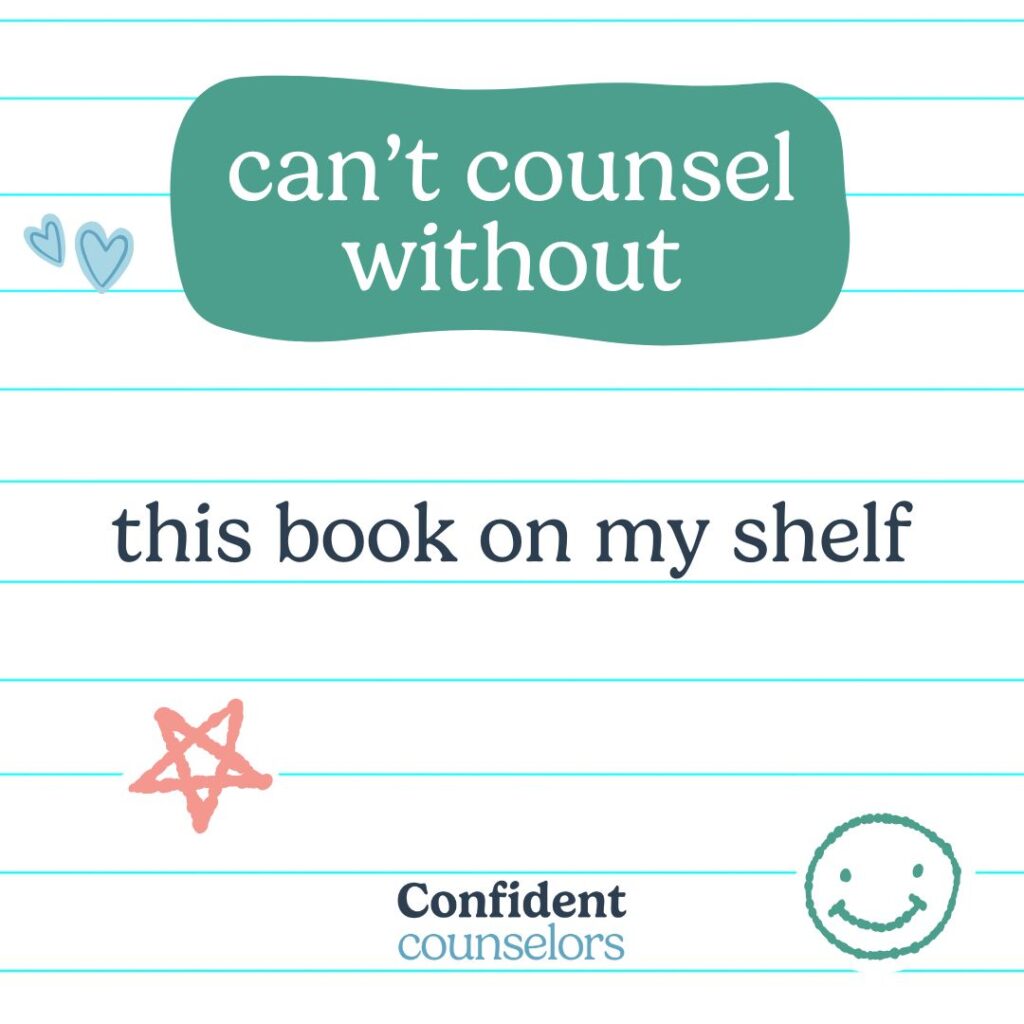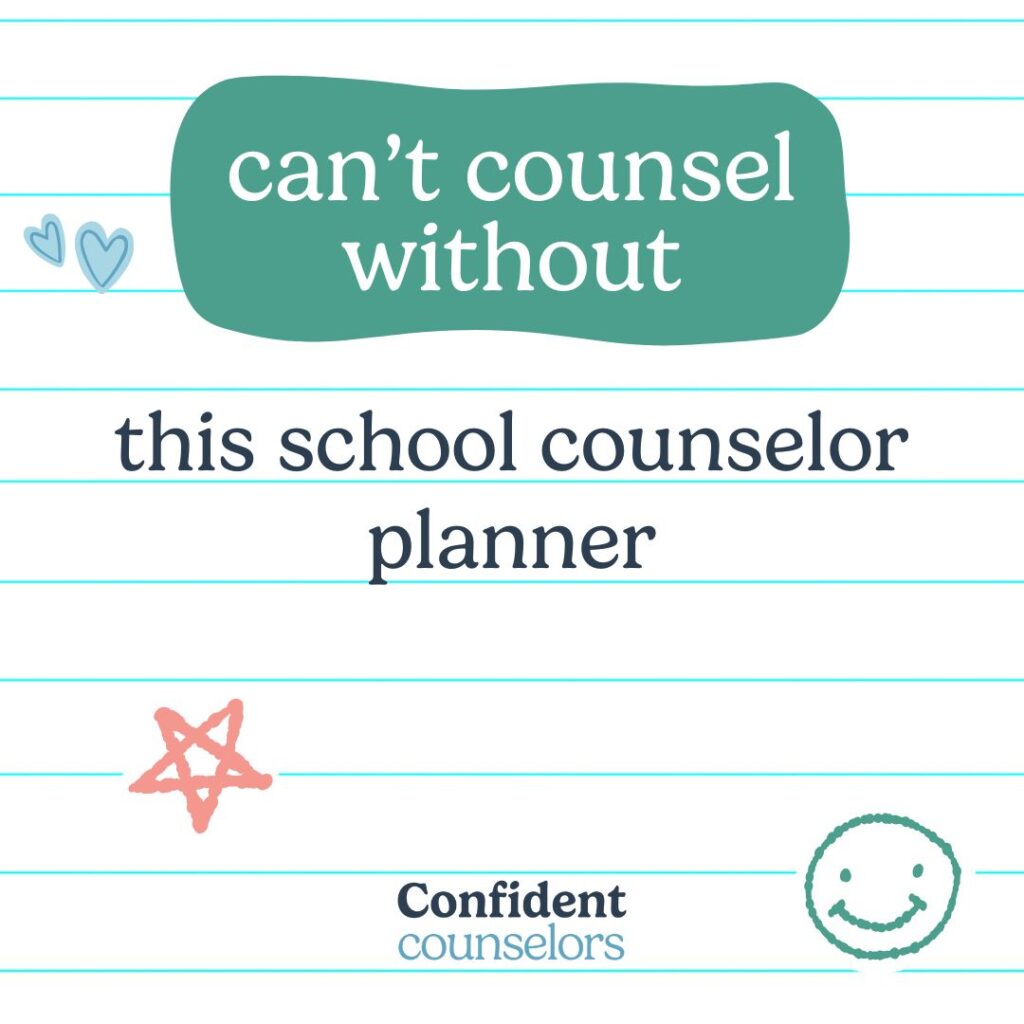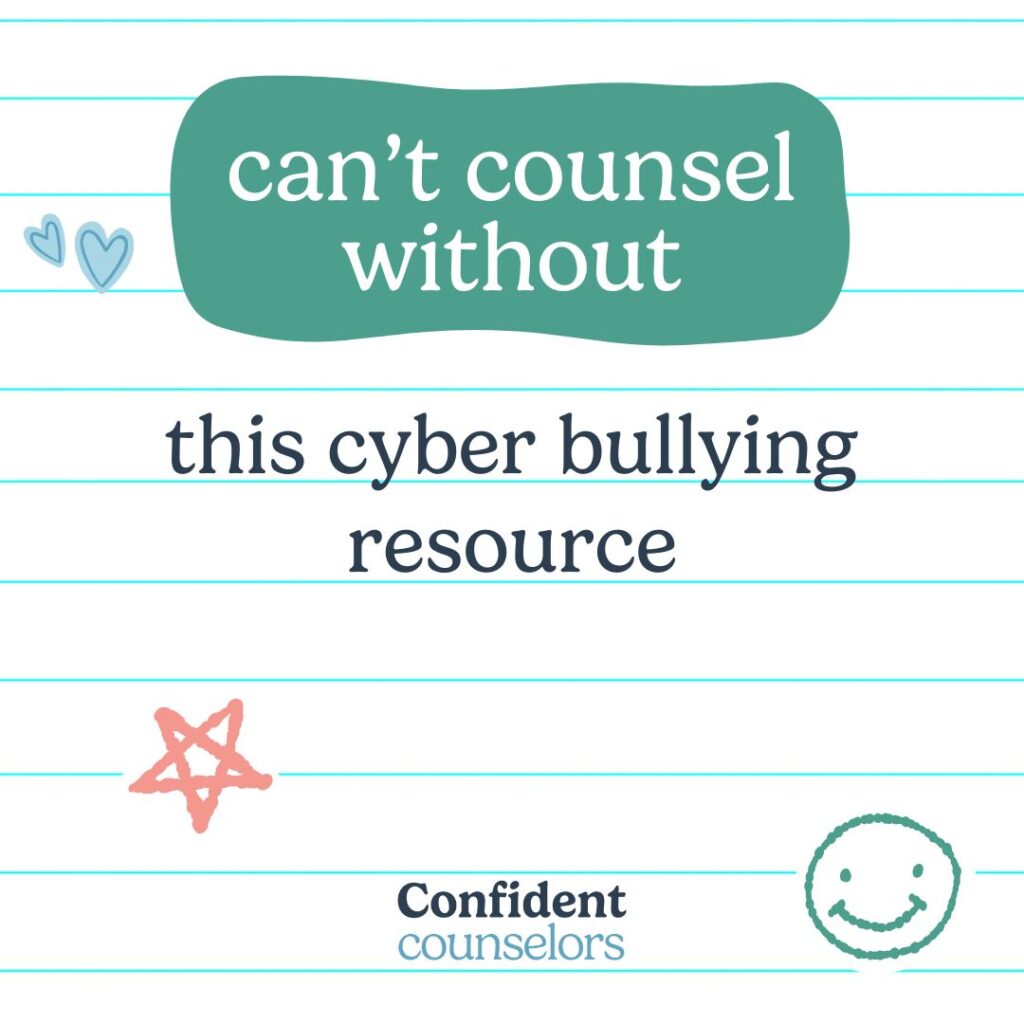Self regulation is a key skill for students (and adults). As school counselors, we have a great opportunity to target these skills in the classroom, small groups, and in individual counseling. Keep reading for ideas for self regulation counseling activities from 5 Confident Counselors.
Build a Plan
Most students who were referred to me for counseling struggled with self regulation. It doesn't really matter if it's anxious or angry feelings they are struggling to control. It all comes down to difficulty managing those feelings on their own, usually with negative consequences. In individual counseling, I work with a student to begin to build a plan we can use again and again while making adjustments. This is the process we go through:
- Identify feelings and choose the problematic feeling (e.g., anger, anxiety).
- Use an emotional thermometer to scale the intensity of the problematic feeling (e.g., Calm > Bothered > Annoyed > Angry > Furious).
- Identify physical cues for each intensity of the emotion (e.g., red face, tight fists, grunting, kicking).
- Identify the kinds of events that might cause each feeling (e.g., missing my turn, someone laughing at me, getting in trouble).
- Identify the thoughts that often occur at the same time (e.g., It's all her fault, my teacher hates me).
- Match each feeling with a possible coping strategy (e.g., bothered > deep breaths and self talk, angry > 5 minute break, ask for help).
I use this general process to build a plan that the student and I can continue to use and adjust over time. We typically use a 1 page chart and then have it as a reference tool, kind of like a personal anchor chart. When a situation occurs in class, we process through using the chart to see what the feeling was, the physical cues, the corresponding thoughts, and the reaction. Did the student use a strategy? Did it work? What do we need to change for the next time?
Learning to Catch Feelings
Have you ever had students that understand self-regulation strategies, can name them for you, will practice them with you ... but that rarely do them in the classroom when they need to? Me too. I recently realized that one of the reasons it’s so difficult for them to use these strategies in the moment is because they don’t know how to “catch” their feelings at the right time to self-regulate.
To help students with this, I teach them to recognize the physical sensations that come with different emotions. Gabi Garcia’s Listening to My Body is great for helping kiddos begin to pay attention to how their body feels. Then I work with students to identify the different body feelings they have with each emotion and help them figure out how to use this self-awareness to self-regulate. For example, “I know I’m getting angry when my hands go into fists, my heart beats faster, and my face starts to get hot. When this happens, I know I need to use my liquid timer and take slower breaths.”
Body & Thought Clues
First and foremost, I teach students to understand their own feelings using body recognition and thought tracking. Where do I feel this emotion in my body? What clues is my body giving me? What is this thought telling me about my feelings? When students are able to recognize their own feelings in the moment, the chances that they’ll use an appropriate strategy are so much better!
Secondly, I always want students to be aware of their own triggers. We use a scoot or card activity to talk about different things at school or home that might trigger anger, fear, or frustration and then identify the ones that are true for the student. Afterward, we make a personalized plan for what to do in the moment when we notice a triggering situation and pick up on our emotion clues. Recognizing body sensations, thoughts, and triggers are the foundation for self regulation; the calming skills come next!
Name it to Tame it
I’m a big believer in “name it to tame it” when it comes to emotional regulation. The basic - yet critical - counseling skill of reflection of feelings can be helpful for students to begin understanding and labeling their emotions. Reflections of feelings are useful in all interactions with students, whether it’s an individual counseling session, classroom feelings lesson, or brief interaction in the hallway. I love when I see students who used to express an emotion behaviorally, e.g. crumpling or ripping paper, be able to state “I’m frustrated!”
Counseling games, like Go Feelings, are a simple and fun way to continue to expand a child’s emotional vocabulary. I also adapt well known games, like Jenga, Let’s Go Fishin’, and Don’t Break the Ice, into games about emotions. I can build on emotional vocabulary, and begin the steps of helping students identify where & how they experience feelings in their body. From there, we start working towards identifying effective calming strategies!
Match Problems & Reactions
A key component to teaching students how to self-regulate is to provide education about appropriate reactions to problems. Once students have learned how to identify basic feelings, the next step is to begin exploring problems and reactions.
Often, children have very large reactions to small problems. This may come from the child’s environment or the child’s inability to self-regulate. Many children need explicit instruction and practice with matching problems to appropriate reactions.
I created a Problems vs. Reactions resource that includes sorting and scaling activities to help children learn about emotional regulation in a hands-on way. Check out my Problems vs. Reactions Freebie or the full resource to help your students explore appropriate reactions to different sizes of problems.
What activities do you use to teach self regulation in counseling?
Share in the comments below.













